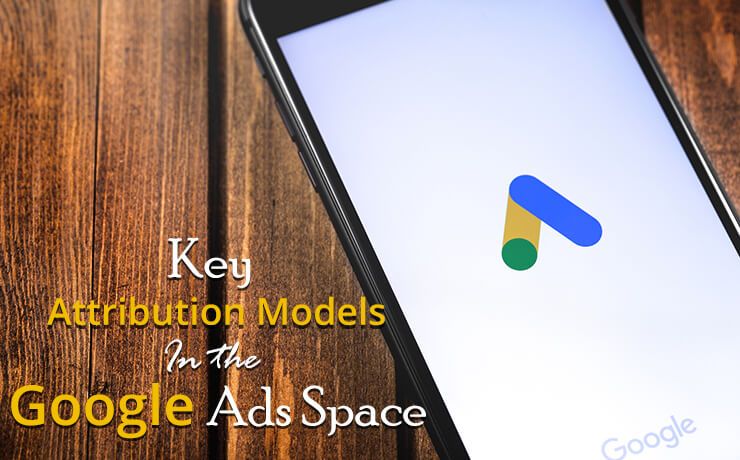Key Attribution Models In The Google Ad Space

Chad Faith
Director of Content

There are uncountable ways to spend your marketing budget. However, it can be hard to know exactly where or what to invest in. First, you have to ask yourself if the amount of money you spend to achieve a certain result is justified. Even if you use Google Analytics to track the conversions on your site, it can be hard to quantify how much a conversion is worth in the first place. This article will focus on attribution and how they can help to optimize your Google Ads.
If you want to enquire more about this field or work with a team of professionals, our experts here at SmartSites can offer valuable insights on PPC marketing and Google Ads management.
What is Attribution?
Attribution is extremely important in marketing. Essentially, it deals with deciding who deserves the credit for each conversion from an ad. Google Ads utilize an attribution model known as last click. This results in 100% of the conversion credit going to a direct site visit. However, there are many computations that can lead to a conversion, making last click an option that might not be suitable in every situation. For Google Ads, these are some attribution models that people use to decide and distribute credit in various manners.
Last Click
As mentioned earlier, The Last Click model ensures that 100% of the credit from conversion will be given if it was the last click that allowed for the conversion. This model is best used in situations when trying to identify the channels that have to be credited in deals falling under the purchase stage.
First Click
Conversely, this model gives 100% of the credit for a conversion to the first campaign that the customer chooses to interact with. This model is useful in showing you which Google Ads are the most effective in generating traffic. However, it does not account for all the other touchpoints that the user interacted with before conversion.
Linear Model
In this model, the credit is spread evenly across all the clicks that the customer has before a conversion. This would be effective in determining how all your channels contribute to a conversion.
Time-Decay Model
In this model, the credit is determined by the time between the click and the conversion in a seven-day half-life. For example, a click that is made eight days before a conversion would garner half the credit compared to the credit of a click that is made a day before the conversion.
How Do We Choose an Attribution Model?
It is imperative that you choose an attribution model that is based on clear data while keeping in mind the expectations of your Google Ads. You can do this by using tools such as Google’s Model Comparison tool. It is helpful because it allows you to compare up to three models using the same data and gives you a holistic and comprehensive comparison of how your conversions change. However, before you start switching to another attribution model, ultimately it is important to know exactly what you want to achieve with your Google Ads.
 Free
Consultation
Free
Consultation Free
Google Ads Audit
Free
Google Ads Audit







